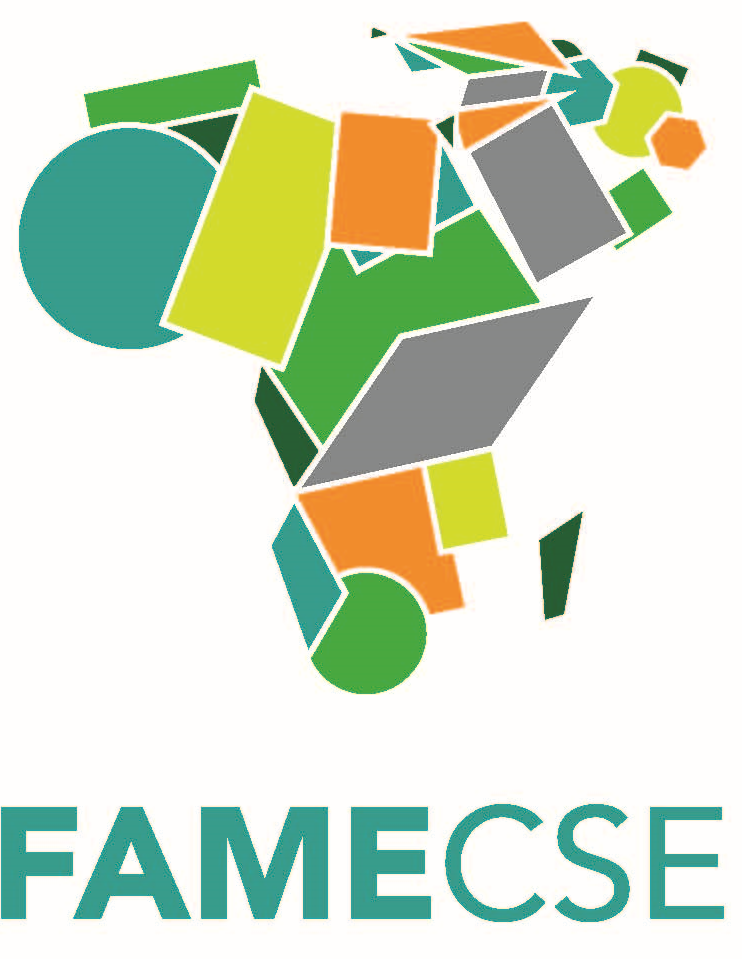AI and chatbots in the public sector: Are we really designing for the public?
Tendai Makasi
Goals and objectives
Chatbots are the most popular type of AI technologies being adopted by public agencies to handle service inquiries. Chatbots’ capability to handle large volumes of service requests in a timely manner presents several opportunities including performance gains resulting from alleviating the workloads of public employees and timely service assistance for the service consumers. However, we continue to witness controversies and negative publicity over decisions to invest public funds in chatbot initiatives. One reason to explain this can be drawn from a lack of understanding of the role played by chatbots towards the creation of public value (holistically). Public agencies are entrusted to create public value through public service delivery. Traditionally, public employees have been at the centre of the public value that is created through public service delivery. As chatbots increasingly replace public employees during service delivery, chatbot designers need to consider the broader view of how chatbots facilitate the creation of public value holistically. There are several factors (e.g., the specific type of public service, the context in which the chatbot will be used, etc.) that need to be considered when designing chatbots for the public sector. Equally, activities performed during the design, development, implementation and management of chatbot initiatives in the public sector all contribute towards the creation of public value. The talk will highlight the importance of embracing public service values when designing chatbots for the public sector, to assure (holistic) creation of public value through chatbot-mediated public service delivery.

